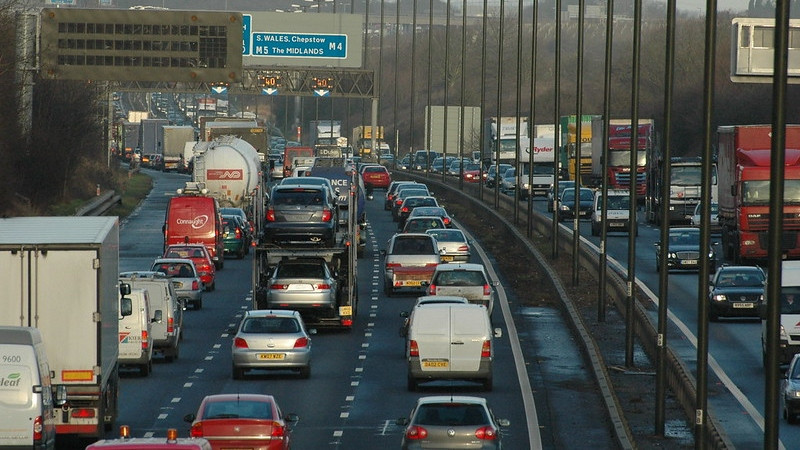EU Targets 30 Million Zero-Emission Vehicles by 2030
The European Union is aiming for a significant shift towards sustainable transportation by targeting 30 million zero-emission vehicles on its roads by 2030. This ambitious goal, outlined in a draft EU document, is part of a broader strategy to reduce the bloc’s reliance on fossil fuels and combat climate change. The strategy aims to address the significant contribution of the transport sector to greenhouse gas emissions.
Transport currently accounts for nearly a quarter of the EU’s total greenhouse gas emissions and almost 30% of its CO2 emissions. Road transport alone contributes a staggering 72% of these CO2 emissions. Achieving the EU’s climate neutrality objectives by 2050 necessitates a drastic reduction in transport’s dependence on fossil fuels, and the 30 million zero-emission vehicle target is a key component of this effort. This represents a substantial increase from the 1.8 million electric and plug-in hybrid vehicles registered in Europe at the end of last year, according to data from the International Council on Clean Transportation. It’s important to note that hybrid vehicles are not considered zero-emission.
Several EU member states, including France and Slovenia, have already announced plans to phase out the sale of new fossil fuel-powered cars. This, coupled with the continued growth of low-emission vehicle sales throughout the COVID-19 pandemic, indicates a strong momentum towards electric mobility in Europe. The European Commission has further reinforced this trend by incorporating electric vehicles into its green finance taxonomy. Only vehicles with zero CO2 emissions will qualify as “sustainable” investments starting in 2026.
However, significant challenges remain in achieving the 30 million zero-emission vehicle target. A major obstacle is the lack of sufficient infrastructure to support the widespread adoption of electric vehicles. The EU estimates a need for 3 million public charging points and 1,000 hydrogen refueling stations by 2030. Currently, only around 200,000 charging points are available across the EU. The draft document promises a comprehensive plan with funding opportunities and requirements for infrastructure development next year.
Another hurdle is the sourcing of fuel for this transition. Currently, over 90% of hydrogen is produced from fossil fuels. A significant expansion of renewable energy capacity is crucial to ensure the production of clean, zero-emission hydrogen. Research indicates that powering even a small percentage of vehicles with e-fuels, such as hydrogen, in 2050 would require substantial new renewable energy infrastructure, comparable to the size of Denmark’s offshore wind farms.
The production of batteries for electric vehicles also presents challenges. These batteries rely on the supply of metals like cobalt and lithium, which are primarily imported into the EU. Lithium was recently added to the EU’s list of critical raw materials. The Commission, however, believes that Europe can achieve near self-sufficiency in lithium production by 2025. Furthermore, the Commission has expressed confidence in Europe’s ability to produce enough batteries to meet the demands of its automotive industry and even establish export capacity by 2025.
The EU plans to propose stricter CO2 emission standards for cars and vans from 2025, potentially extending these standards to buses as well. The draft document also outlines ambitious goals for other modes of transportation, including doubling high-speed rail traffic by 2030 and tripling it by 2050, as well as having zero-emission aircraft and ships ready for the market by 2035.
The ambitious 30 million zero-emission vehicle target underscores the EU’s commitment to decarbonizing its transport sector and achieving its climate goals. However, addressing the significant infrastructure and fuel sourcing challenges will be crucial for realizing this vision.

